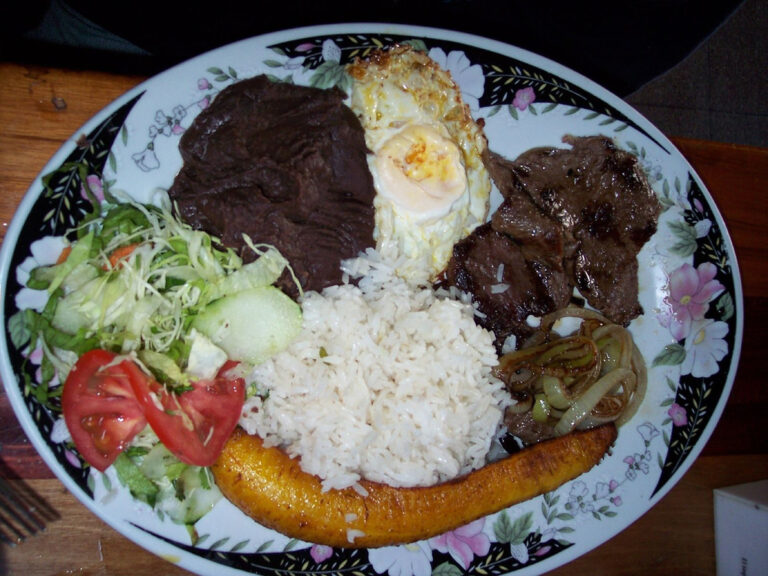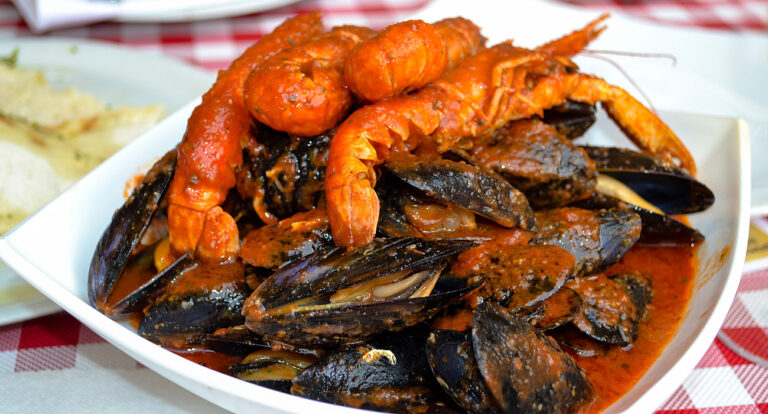Introduction: Street Food in Costa Rica
Street food is an integral part of Costa Rican culture. From the empanadas and ceviche to the famous gallo pinto, tourists and locals alike love to indulge in the flavorful and affordable food sold by street vendors. However, as with any food, it is essential to be mindful of hygiene and safety standards to avoid falling ill. In this article, we will take a closer look at the street food hygiene and safety standards in Costa Rica.
Hygiene Standards for Street Food Vendors
The Ministry of Health in Costa Rica has strict guidelines for street food vendors to ensure food safety. Vendors must have a permit to operate and comply with hygiene and safety regulations. The permit is only granted after an inspection that assesses the cleanliness of the stall, the food handling practices, and the vendor’s personal hygiene. Vendors must wear clean clothing and ensure that their hair is tied back and covered with a hat or cap. They must also have access to handwashing facilities and provide hand sanitizer for customers.
Food Handling and Preparation Guidelines
To avoid cross-contamination, vendors must separate raw and cooked foods and use different utensils and cutting boards. They must also keep food covered to prevent contamination from insects and dust. All food must be cooked thoroughly, and any leftovers must be discarded after a specific time. Vendors must also keep a record of the food’s source and expiration date to ensure that they are not selling expired or spoiled food.
Safe Practices for Cooking and Serving
Vendors must ensure that the food is cooked at the right temperature and that it is not left out for prolonged periods. They must also use gloves when serving food and avoid touching the food with bare hands. The food must be served on clean plates or containers, and customers must not be allowed to touch the food until it is ready to be served. Vendors must also ensure that the food is not contaminated by the environment, such as dust, insects, or other pollutants.
Sanitation Requirements for Street Food Carts
Vendors must keep their carts clean and sanitized to avoid the growth of bacteria and other harmful microorganisms. They must use a cleaning solution that is safe for food contact surfaces and ensure that their carts are free of any debris. They must also dispose of waste properly and ensure that there are no stagnant water sources nearby that could attract pests.
Health Inspections and Compliance
Vendors must comply with the Health Ministry’s regulations and undergo regular inspections to ensure that they are maintaining hygiene and safety standards. The Health Ministry conducts surprise inspections to ensure that vendors are complying with the regulations, and they can impose fines and revoke permits for non-compliance.
Food Safety Concerns and Risks
Street food has some inherent risks, such as the risk of contamination and food poisoning. Tourists and locals who are not used to the local food may be more susceptible to getting sick. To avoid illness, it is essential to choose vendors who comply with hygiene and safety standards and avoid consuming raw or undercooked food.
Conclusion: Enjoying Street Food in Costa Rica Safely
Street food is a unique and delicious experience that can add to the richness of your travel experience in Costa Rica. However, it is crucial to be aware of the hygiene and safety standards to avoid falling ill. By choosing vendors that comply with the regulations, practicing safe food handling practices, and being mindful of the risks, you can enjoy the street food in Costa Rica safely.










